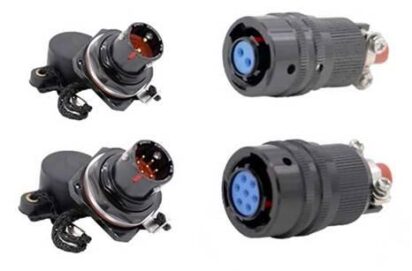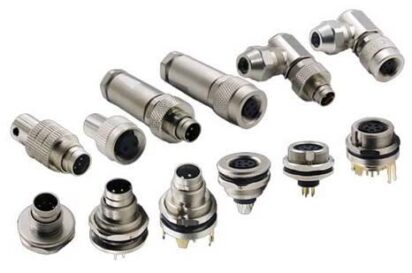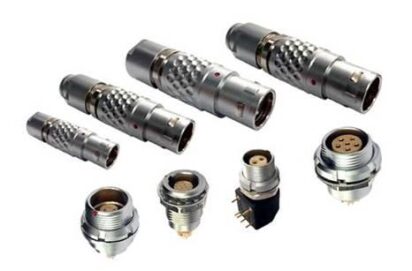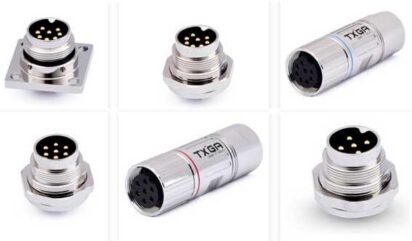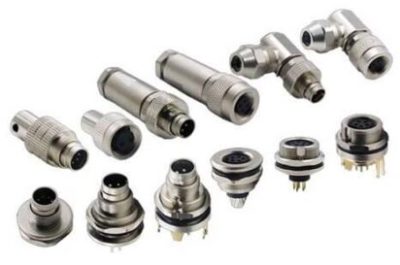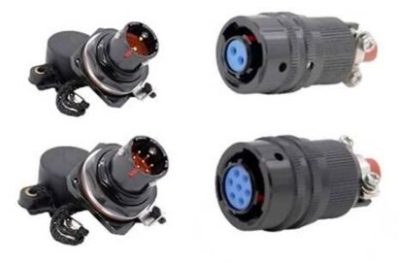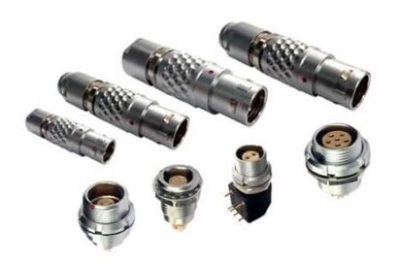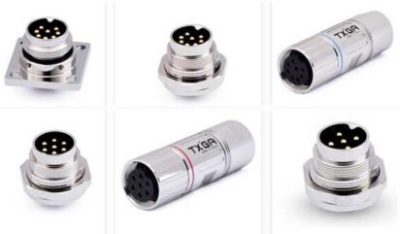円形の航空プラグ コネクタは、当社の電子工学技術者が頻繁に接触する一種の接続部品です。. その機能は非常にシンプルです: 回路/信号内のブロックされた回路または孤立した回路間に通信のブリッジを構築する. 電流・信号が流れることで回路が所定の機能を実現するため.
The benefits of circular aviation plugs
1. Improve the production process
Aviation plugs simplify the assembly process of electronic products. It also simplifies the mass production process;
2. Easy maintenance
If an electronic component fails, the failed component can be replaced quickly when a connector is installed;
3. Easy to upgrade
With the advancement of technology, components can be updated when aviation plug connectors are installed, and new and more perfect components can be used to replace old ones;
4. Improve design flexibility
The use of aviation plug connectors allows engineers to have greater flexibility when designing and integrating new products and when composing systems with components.
Basic performance of circular aviation plug
1. The mechanical properties of circular aviation plugs In terms of connection function, insertion force is an important mechanical property. Insertion force is divided into insertion force and extraction force (extraction force is also called separation force), and the requirements of the two are different. The maximum insertion force and the minimum separation force are specified in the relevant standards. This shows that from the point of view of use, the insertion force should be small (thus there are structures with low insertion force LIF and no insertion force ZIF). And if the separation force is too small, it will affect the reliability of the contact. The insertion force and mechanical life of the connector are related to the contact structure (positive pressure), the coating quality of the contact part (sliding friction coefficient) and the arrangement dimensional accuracy of the contacts.
2. The main electrical properties of aviation plug electrical properties include: contact resistance, insulation resistance and dielectric strength.
① Contact resistance High-quality aviation plugs should have low and stable contact resistance. The contact resistance of the connector varies from a few milliohms to tens of milliohms.
② Insulation resistance is an index to measure the insulation performance between the contacts of aviation plugs and between the contacts and the shell, and its order of magnitude ranges from hundreds of megohms to thousands of megohms.
③ Dielectric strength, or withstand voltage, dielectric withstand voltage, refers to the ability to withstand the rated test voltage between the contacts of the aviation plug or between the contacts and the shell.
④ Other electrical properties of aviation plugs.
3. The environmental performance of aviation plugs generally includes temperature resistance, humidity resistance, salt spray resistance, vibration and shock, 等.
① The maximum working temperature of the temperature-resistant aviation plug is 200°C (except for a few high-temperature special connectors), and the minimum temperature is -65°C. Since the current generates heat at the contact point when the connector is working, resulting in temperature rise, it is generally believed that the operating temperature should be equal to the sum of the ambient temperature and the temperature rise of the contact. In some specifications, the maximum temperature rise allowed by the connector under the rated operating current is clearly specified.
② Resistance to moisture intrusion will affect the insulation performance of aviation plugs and corrode metal parts. The constant damp heat test conditions are relative humidity 90%~95% (according to product specifications, up to 98%), temperature +40±20°C, and the test time is at least 96 hours according to product regulations. The alternating wet and heat test is more stringent.
 English
English العربية
العربية Български
Български 中文(漢字)
中文(漢字) Čeština
Čeština Dansk
Dansk Eesti keel
Eesti keel Suomi
Suomi Français
Français Deutsch
Deutsch Ελληνικά
Ελληνικά עברית
עברית Magyar
Magyar Bahasa Indonesia
Bahasa Indonesia Italiano
Italiano 日本語
日本語 한국어
한국어 Latīna
Latīna Latviešu valoda
Latviešu valoda Lëtzebuergesch
Lëtzebuergesch Polski
Polski Português
Português Română
Română Русский
Русский Slovenščina
Slovenščina Español
Español Svenska
Svenska ภาษาไทย
ภาษาไทย Tiếng Việt
Tiếng Việt
